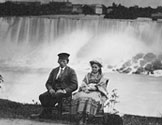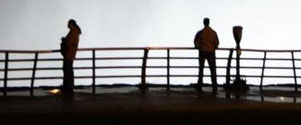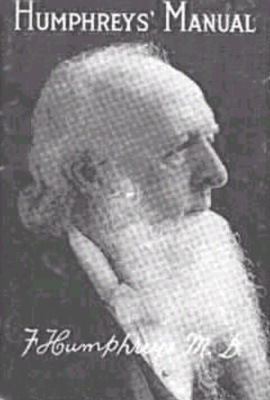

|
||||||||||||||||||||||||||||||||||||||||||
|
| ||||||||||||||||||||||||||||||||||||||||||
 |
 |
 |
 |
 Homeopathic Medicine Had a Following in Lockport  Beginning in the early 19th century, homeopathic medicine began to be taken seriously as an alterative to conventional medical practices such as bloodletting and administering large doses of toxins to purify the body. Homeopathy, from the Greek words hómoios, meaning similar, and páthos, meaning suffering, is a form of alternative medicine that promotes the use of extremely diluted natural substances to treat and prevent disease. In other words, diseases are treated with natural medicine that mimics symptoms of the disease, only given in minute quantities rather than in full strength. Founded in Germany by Samuel Hahnemann (1755-1843), homeopathy reached the United States in 1825. Ten years later the first medical college devoted to the alterative therapy was opened in Allentown, Pennsylvania. By 1850 other colleges were opened and homeopathy was being practiced all over the country. In 1880, 100 hospitals and a 1,000 pharmacies where listed as “homeopathic.” Samuel Lilienthal, a German physician, emigrated to the United States in 1839. Eight years later he came to Lockport to set up a practice in the growing village on the Erie Canal. It was here that he first witnessed the “extraordinary success” of homeopathy that was already being practiced by a local doctor. That doctor may have been B.W. Dean, who in 1841 advertised that he had “abandoned the popular method of treating diseases by blood-letting, calomel, and all poisonous material and drugs, and has, for two years past adopted the Thomasonian Botanic System of Practice.” For the next three years Lilienthal studied this “entirely new method of treatment” and became “more attracted [to it] with every step forward.” In 1857 Lilienthal moved to New York City and became the associate editor of the “North American Journal of Homeopathy” and a member of the faculty of the New York Homeopathic Medical College, chairing the department of clinical medicine as well as that of diseases of the nervous system. He left New York for San Francisco in 1887 and passed away in 1891. He never forgot that his medical career had started in Lockport. Another of Lockport’s more prominent citizens, Joshua Wilber, Niagara County’s first unofficial historian, worked as a druggist in the 1850s and 1860s at 59 Market Street. In 1862 his store sold Dr. Humphrey’s Homeopathic Almanac with an ad for Wilbur’s establishment prominently displayed on the back declaring that he carried Humphrey’s Homeopathic Products. In 1900, another homeopathic physician, W.J. Schmith arrived in Lockport and set up a practice at 118 John Street. A year later he purchased the home that Edward Bissell had built in 1829 at 471 Market Street. It had also been the home of Lyman Spalding for twenty-five years (1859-1884). This impressive stone house now bore the impressive name of “The Schmith Medical Dispensary and Sanitarium.” In 1908, Schmith moved on to Buffalo. By this time, homeopathic medical treatments were being surpassed by more modern treatments endorsed by the American Medical Association. It wasn’t until the 1970s that a resurgence in alternative medicine took place and today it is quite a profitable business. Douglas Farley, Director Ann Marie Linnabery Erie Canal Discover Center 24 Church St. Lockport NY 14094 716.439.0431 CanalDiscovery@aol.com www.NiagaraHistory.org |
|